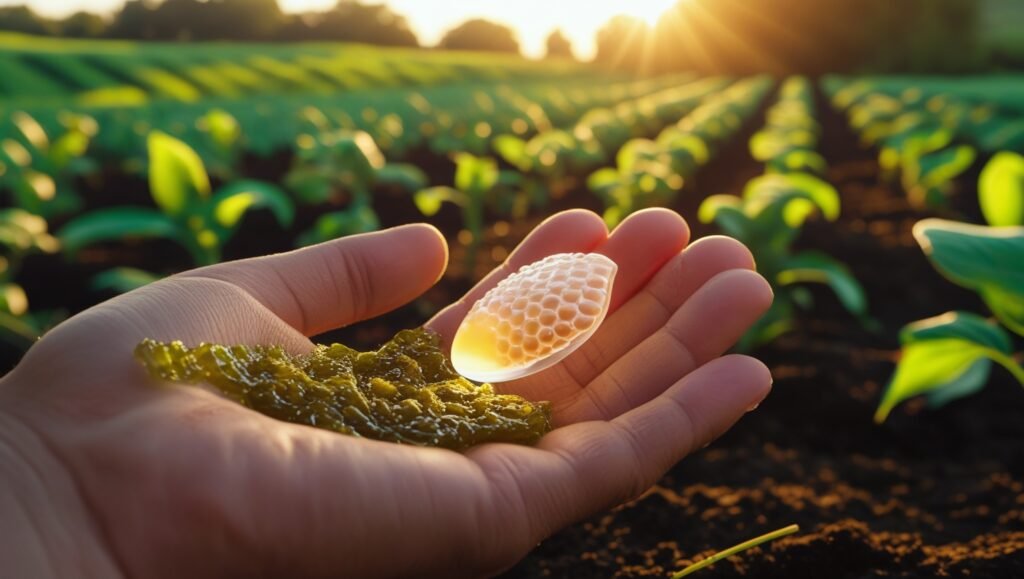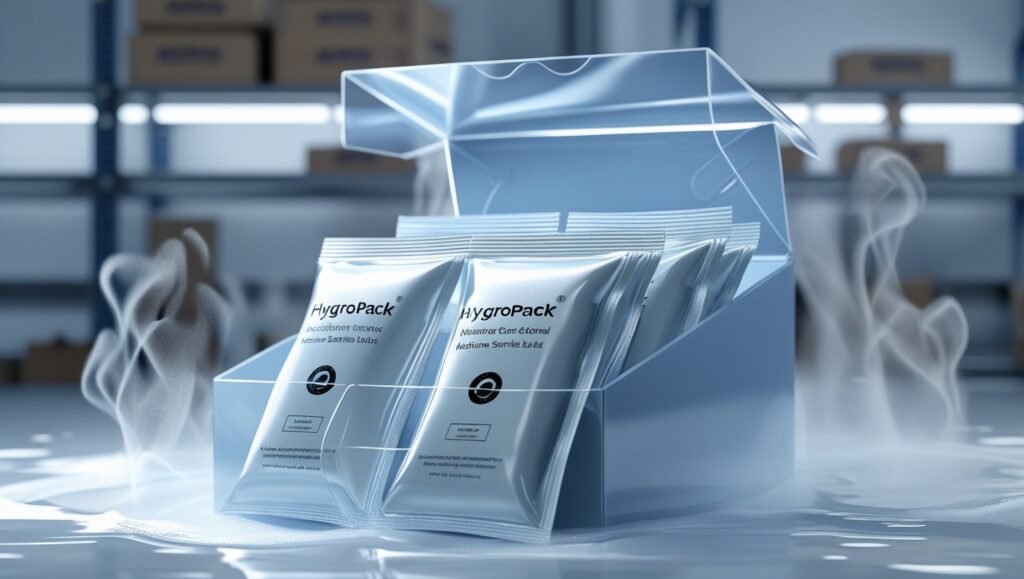
Mannacote is becoming an innovative and environmentally friendly product in contemporary farming. Mannacote is a bio-degradable, food-safe, protective coating on seeds, fruits and grains against spoilage, insects and microbial infestation. Here in this article we discuss the health benefits of mannacote on crops, the positive impact mannacote has on food waste reduction, and the long term sustainable benefits of mannacote to farmers and customers within the UK, USA and other regions worldwide.
What Is Mannacote and Why Does It Matters?
In essence, mannacote is a natural polymer coating composed of plant oils, waxes, starches and extracts of algae. As opposed to the traditional plastic or chemical coating, mannacote degrades without any difficulty in soil and water. This coating also covers seeds and produces against external danger like loss of moisture, insects, diseases such that they are better germinating and characterized by a longer shelf life.
The Way Mannacote Can Make Farmers Prosper
Such challenges may include unstable weather conditions, soil erosion, and epidemics of pests as experienced by the farmers in the USA and the UK. mannacote comes in at that point:
1. Increased Germination: Moisture control achieved with the help of mannacote coat on the seed allows an even germination of the seed.
2. Pest Defense: A weak cover of mannacote repels insects, which does not use the toxic pesticides.
3. Nutrient Delivery: Other blends of mannacote contain probiotics or trace minerals to prepare seeds to grow in healthier manners.
4. Microbial disease prevention: Mannacote prevents microbial infection by preventing attachment of the pathogen at the outer surface.
Pro Tip: Fill mannacote with good microbes to provide soil health protection to seeds, a win-win situation in sustainable agricultural practices.
Mannacote Environmental Advantages
Environmental sustainability has become a prime concern in both UK markets and that of US markets. Through the use of mannacote, farmers decrease the reliance on the multistep packaging, chemical sprays, and plastic wrappings.
- Biodegradable: Mannacote is a material that can decompose after installation in a few weeks.
- Soil-Friendly: It does not undermine soil consisting instead of improving the soil structure.
- Plastic-Free: Mannacote instead of plastic coating is a zero‑waste approach and complies with plastic prohibitions (e.g., UK 2025 single-use policy). For more insight on natural coatings, explore our guide on biodegradable seed coatings for sustainable farming, where we dive into eco-safe alternatives transforming agriculture today.
In Fresh Produce & Packaging there is Mannacote
In addition to seeds mannacote is widely used on fresh fruits, vegetables, and even dry goods.
- Fruits: Fruits like apples, berries and cucumbers last 40 per cent longer in their fresh state in the presence of mannacote.
- Dry Products: Nuts and grains packed in mannacote lined packages stay good without any chemicals added.
- Cosmetics: The coating itself is now being tried in natural personal care applications, an indication of the cross‑industrial possibilities of mannacote.
The differences between Mannacote and Traditional Coatings
Plastic and chemical coatings are thick and frequently permanent but mannacote provides a lightweight and non-opaque breathable coating.
In Mannacote, the components are:
- Plant‑derived oils
- Natural waxes
- Starch biodegradable polymers
- Algal extracts
- Food‑grade sugars
- Natural alternatives like chitosan as a biodegradable seed coating, which is widely used in agriculture for pest resistance and soil enhancement.
Such ingredients give structure and taste as well as the exchange of gases needed to remain fresh.
New Tip: To retain the market demanded by organic growers, seek mannacote that is USDA organic-certified.
The Duration of Shelf Life of Food that Mannacote Can Preserve
Moisture, oxygen and microbes are the determinants of food spoilage. A good mannacote seal retards ripening and rotting.An example is pears treated with mannacote would not become soft in 12 days as opposed to the conventional 8 days in-room storage. It would imply less wastage and more time that retailers and consumers need to enjoy fresh produce.
Why Mannacote is relevant to the Young Consumers
The young people in the UK and USA are concerned about food origins, sustainability and health matters. Mannacote profert:
- Cleaner, preservative free food
- Understanding of the newest technology in agriculture
- The activity of sustainability that fits as a science fair project or blog post
Pro Tip: Create a junior-friendly content under the title of Mannacote explained: how does it keep your food fresh to woo eco-conscious young visitors to your site.
Real‑World Mannacote Case Studies
1. United States Corn Farms: Using mannacote pre-plant treatment proved reduction in spoilage of seeds by 25 percent.
2. UK Berry Producers: Enhanced strawberry shelf-life by 5 days, saving markets on shrinkages.
3. Latin American NGOs: Recycled mannacote-lined pouches to provide packaged humanitarian food aid so as to reduce spoilage on route.
These case studies demonstrate why mannacote becomes fit to different climates and supply chains.
Difficulties in the use of Mannacote
Regardless of the great advantages, there are some parts of mannacote usage which require refinement:
- Application Consistency: The thickness of coating has to be regulated, so that the germination of the seeds does not occur.
- Cost: More costly the first time compared with plain wax but price is expected to come down with economies of scale in the ages.
- Certification: The batches of mannacote should be well documented in labelling with a non-GMO claim and organic claims.
New Business: Sell a Do It Yourself (DIY) Mannacote Kit that enables small‑scale growers to manufacture their own organic mannacote blends, on a small scale-educational, and cost effective.
What You Should Do To Adopt Mannacote in Your Farm or Garden
This is a step by step plan of mannacote implementation:
1. Select Certified Blends: Seek out the USDA/EU certified mannacote blends.
2. Small Batch-Test: Test on 50-100 seeds to check the effectiveness.
3. Monitor Key Indicators: Note down the germination percentage, shelf life, and spoilage rate at certain intervals.
4. Synergize with Soil Health: Mannacote may be combined with compost teas or beneficial bacteria.
5. Scale Use Strategically: Use only in situations where reward is obvious such as high valu produce or lengthy transport.
Consider planting mannacote in the fall or the spring.
World Food Security and the Role Of Mannacote
In developing countries, food loss along the way of transport and inadequate infrastructure is a big obstacle. There is an important role of Mannacote:
- Maintains staples such as grains and seeds, long transportations
- Helps small-farmers to access remote markets
- Can cut the amount of food waste by 20 to 30 percent early UN-funded trials show
New Tip: Collaborate with NGOs to test the use of mannacote in developing the remote areas this may create brand credibility and new markets.


